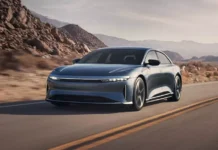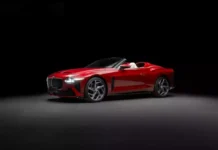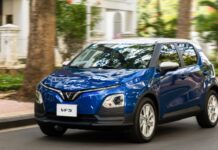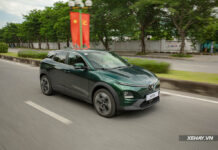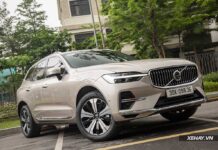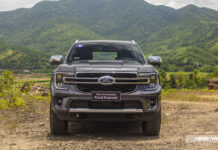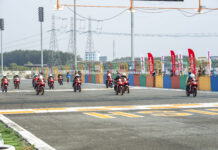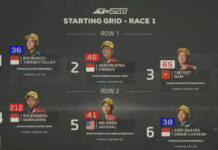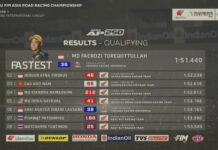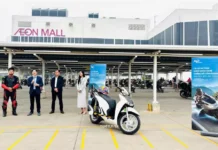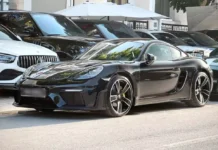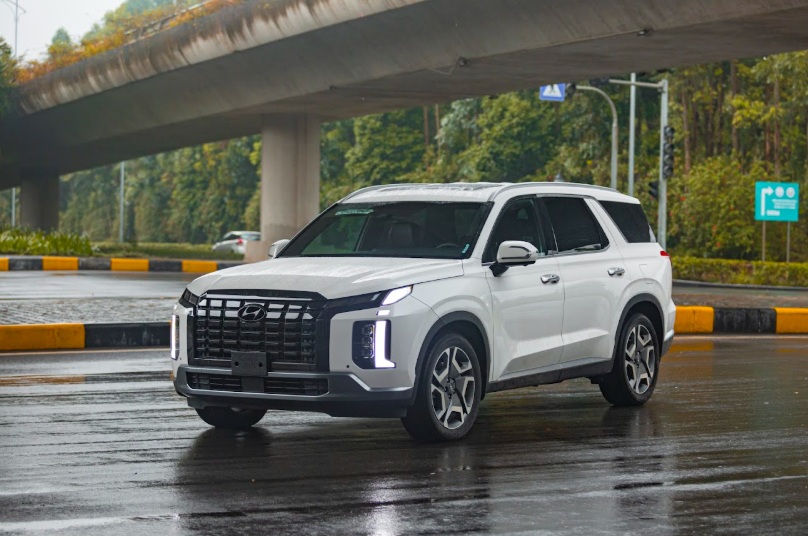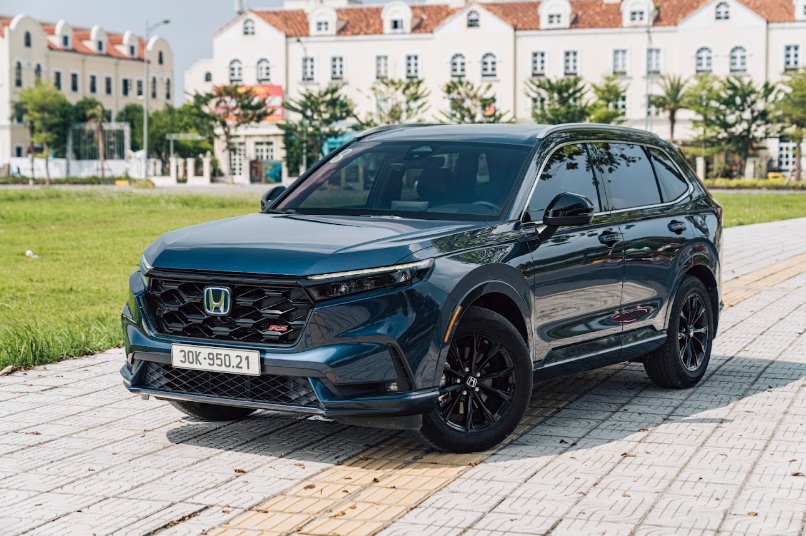Amid a slight decline in overall automobile sales across the five largest Southeast Asian markets, Vietnam emerged as a surprising standout with an impressive 24% growth in the first quarter of 2025.
This acceleration not only propelled Vietnam past the Philippines in terms of vehicle sales but also reflected a new consumer trend in one of the region’s most dynamic economies.
According to data compiled by Nikkei Asia, total automobile sales in Indonesia, Malaysia, Thailand, the Philippines, and Vietnam during the first quarter of 2025 reached 732,898 units, a 1.7% decrease compared to the same period last year. Contrasting the general trend, the Vietnamese automobile market witnessed a significant growth of 24% from the first quarter of 2024, the highest rate in the region.
This improvement is attributed to favorable macroeconomic factors, consumer-supportive policies, and an increase in product diversity, especially in the fuel-efficient and commercial vehicle segments.
Among the segments, hybrid vehicles recorded the highest increase, surging by 80% year-on-year, with a total of 2,562 units sold. This extraordinary growth is driven by the introduction of new models such as the Toyota Camry hybrid and Suzuki XL7 hybrid, offering fresh options in the fuel-efficient family car segment.
Additionally, the commercial vehicle and truck segments also contributed significantly to the overall increase, with sales reaching 15,445 units (+22%) and 13,400 units (+21%), respectively.
The figures from the Vietnam Automobile Manufacturers Association (VAMA) exclude the sales of VinFast and Hyundai (two crucial brands in the domestic market). When including their sales of 35,100 units for VinFast and 11,464 units for Hyundai, the total vehicle consumption in Vietnam during the first quarter of 2025 climbed to 118,813 units. With these figures, Vietnam officially surpassed the Philippines, which sold 117,074 vehicles in the same period, to become the fourth-largest automobile market in Southeast Asia.
Although the Philippines also experienced a 7% growth in the first quarter, its market faced challenges in the passenger car segment, declining by 13.7%. On a positive note, commercial vehicles increased by 13.9%, while electric and hybrid vehicles reached a combined sales figure of 4,544 units, accounting for 5.73% of the total sales.
Thailand, one of the region’s oldest and largest automobile markets, witnessed a 7% drop, settling at 153,193 vehicles. Notably, sales of internal combustion engine vehicles fell sharply, with pickup trucks declining by 13% and passenger cars by 14%. In contrast, electric vehicles rose by 19% to 22,737 units, predominantly from Chinese brands. However, compared to the fourth quarter of 2024, the Thai market exhibited a 14% increase, largely due to discount campaigns to counter the impact of tightened credit conditions resulting from high household debt.
In Malaysia, sales in the first quarter dipped by 7.4%, amounting to 188,100 vehicles. This decrease is explained by the clearance of backlogged orders from the previous year. However, March witnessed a mild recovery with a 2.2% increase year-on-year, totaling 72,700 vehicles. Experts anticipate an acceleration in the country’s electric vehicle market in the coming period due to the growing competition from Chinese and domestic brands.
The 24% growth in the first quarter of 2025 solidified Vietnam’s position as the most dynamic automobile market in Southeast Asia. This not only showcases the robust recovery of domestic consumer demand but also opens up promising prospects for future strategies to green the country’s transportation sector.
Amid the region’s challenges, including tightened credit, interest rate pressures, and shifting consumer preferences, Vietnam’s success serves as a positive signal and a strategic lesson for both manufacturers and policymakers.
“Geely Halts Construction of New Factories Amid Overcapacity Crisis: Fate of Geely Vietnam Factory Remains Unknown”
“Amidst the backdrop of fierce price competition in the Chinese automotive market and mounting concerns over declining profits industry-wide, a bold move was made. With a deft hand and an eye for opportunity, a strategic decision was undertaken to navigate these challenges and propel the industry forward.”





